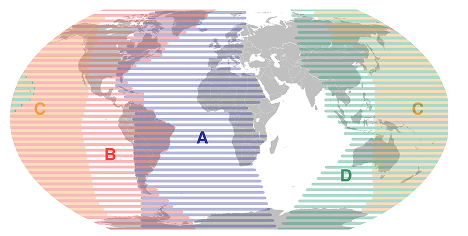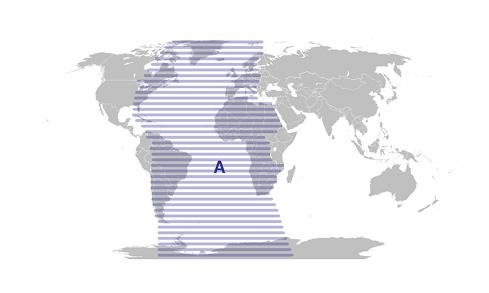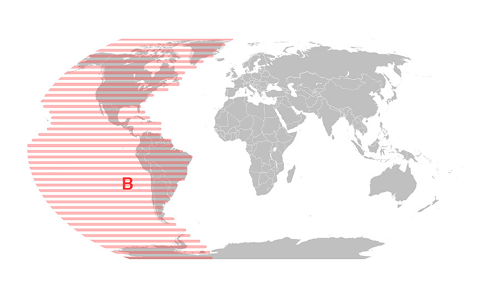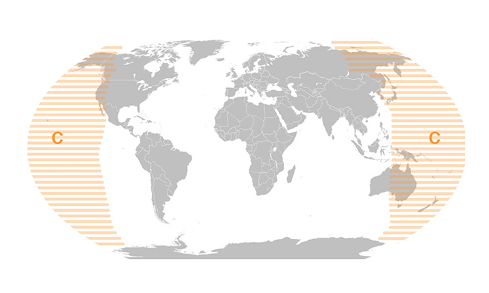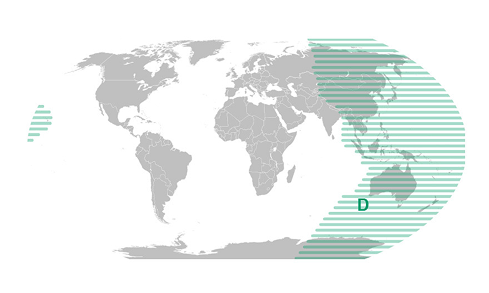
Beyond Mothers and Western Families
Attachment theory is often misunderstood as being only about mothers or reflecting Western family values. But from the very beginning, researchers like John Bowlby recognized that children form attachment networks that also include fathers, grandparents, educators, caregivers, and any consistent, responsive adult in their lives.
What matters isn't gender or family structure, but the quality of the relationship. Children naturally develop a "hierarchy" of attachment figures, turning to their strongest connection during times of stress. This flexible system means that when primary caregivers are unavailable, others can step in to provide that crucial sense of safety.
A Universal Human Need
Perhaps the most compelling evidence that attachment isn't culturally bound, the very first major study wasn't conducted in London or New York, it was done in rural Uganda. Since then, research across diverse cultures consistently shows the same pattern: when caregivers respond sensitively to children's emotional needs, secure attachment develops.
This doesn't mean parenting must look identical everywhere. Cultural context deeply influences how caregiving looks, how closeness is expressed, and what is expected of children and parents. But the underlying need for a safe haven and secure base transcends culture, language, and tradition. Just like every human needs to eat, but what we eat, when we eat, how we eat looks different across cultures.
Connection That Crosses Boundaries
Attachment theory describes a biological safety system designed to keep children close for protection while encouraging confident exploration. This is why Circle of Security Parenting resonates with families worldwide. It speaks to universal human needs while honoring diverse ways of expressing love and care.
Understanding attachment isn't about adopting Western parenting styles. It's about recognizing the profound, cross-cultural truth – that all children thrive when they feel genuinely seen, safe, and valued.
The Circle of Security.
Want to read more? The chapter by Germán Posada in Attachment Across Clinical and Cultural Perspectives (Gojman-de-Millán, Herreman, & Sroufe, 2017) offers a thoughtful and well-researched discussion.



